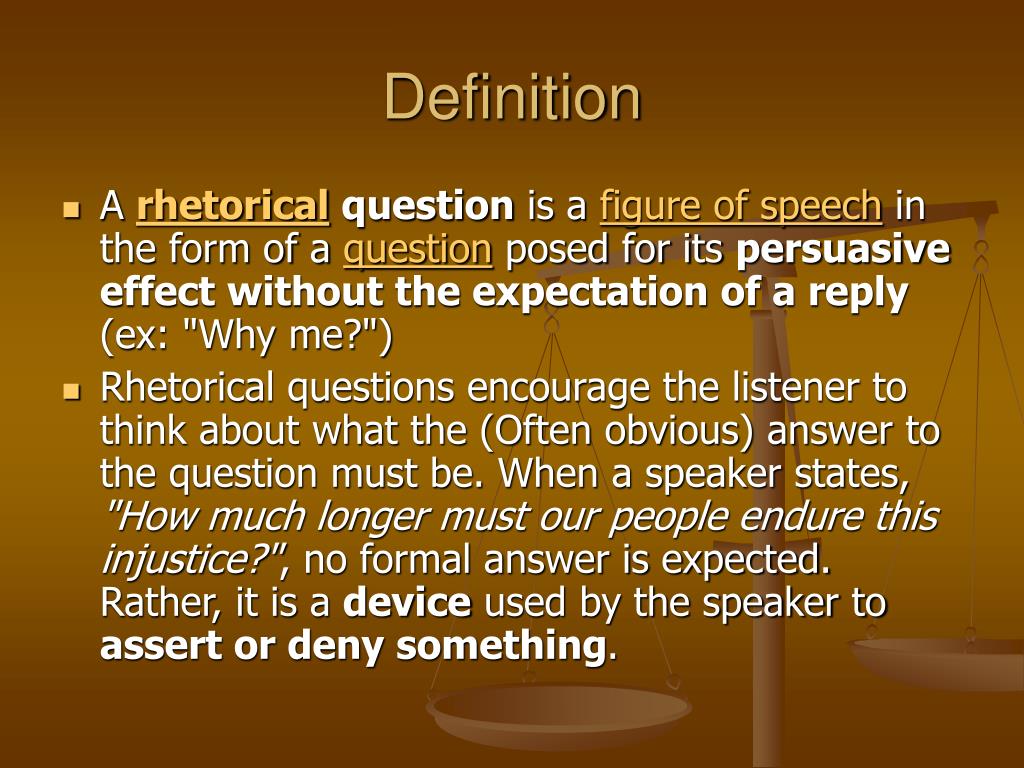

And, if you combine the two, you’ve got a symploce. “ Who poverty and tatters and hollow-eyed and high sat up smoking in the supernatural darkness of cold-water flats floating across the tops of cities contemplating jazz, who bared their brains to Heaven under the El and saw Mohammedan angels staggering on tenement roofs illuminated, who passed through universities with radiant cool eyes hallucinating Arkansas and Blake-light tragedy among the scholars of war…”Īnother, similar rhetorical device is epistrophe: the repetition of words at the end of sentences. Like in Ginsberg’s Howl - no, not that famous opening line, but instead those that follow it: On the other hand, anaphora is the repetition of words or phrases at the beginning of subsequent sentences.

Hate leads to suffering.” One of Yoda's most famous axioms involves anadiplosis.

It has been used by everyone from Shakespeare to Yeats to Yoda: Note that anacoluthons are different from non-sequiturs, which are unintentional and incoherent - well, but can anything really be different from anything else? AnadiplosisĪnadiplosis is the repetition of the word from the end of one sentence to the beginning of the next. “When Gregor Samsa woke up one morning from unsettling dreams, he found himself changed in his bed into a monstrous vermin.” For example, the opening sentence of Kafka’s Metamorphosis is a famous anacoluthon because it ends somewhere entirely different than where it started: (Learn more about the difference between alliteration and consonance - and other types of repetition - in this guide!)Įdgar Allan Poe’s The Raven makes use of both alliteration and consonance: “And the silken sad uncertain rustling of each purple curtain.” “Silken” and “sad” are alliterative, but the consonance continues into “uncertain” and “rustling.” And as a bonus, it contains assonance - the repetition of vowel sounds - across “p urple c urtain.” AnacoluthonĪn anacoluthon is a misdirection that challenges listeners and/or readers to think deeply and question their assumptions. AlliterationĪlliteration is the repetition of consonants across successive, stressed syllables… get it? This most often means repeating consonants at the beginning of multiple words, as opposed to consonance, which is the repetition of consonants anywhere in consecutive words. And hyperbole, of course, is a rhetorical device in and of itself: an excessively exaggerated statement for effect. AdynatonĪdynata are purposefully hyperbolic metaphors to suggest that something is impossible - like the classic adage, when pigs fly. It's sure to somehow work on someone, somewhere, someday. Like many other rhetorical devices, this is a linguistic trick to make statements sound more persuasive. AdnominationĪ dnomination is the use of words with the same root in the same sentence. As he went away, the fox remarked 'Oh, you aren't even ripe yet! I don't need any sour grapes.' People who speak disparagingly of things that they cannot attain would do well to apply this story to themselves. Like in one of Aesop’s Fables:ĭriven by hunger, a fox tried to reach some grapes hanging high on the vine but was unable to, although he leaped with all his strength. Takes one minute!Īccismus is the rhetorical refusal of something one actually wants, to try and convince themselves or others of a different opinion. Find out which of today's greats is your writerly match.


 0 kommentar(er)
0 kommentar(er)
